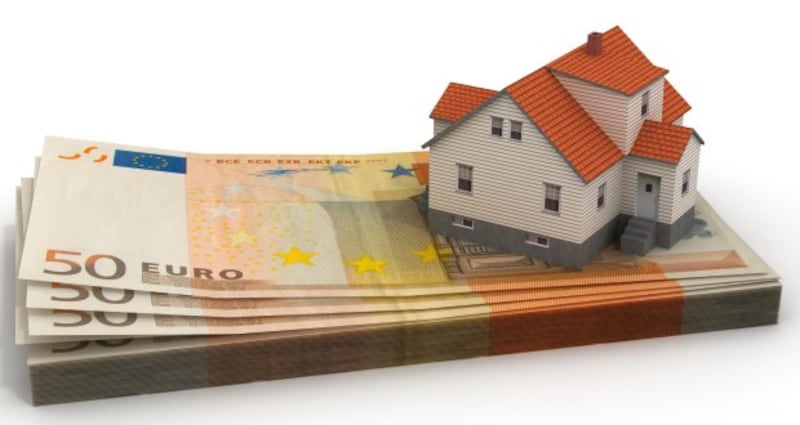Letters from the Revenue Commissioners with news about local property tax liabilities start arriving from this week. Minister for Finance Michael Noonan has rejected arguments that the tax should include some relief for house owners in Dublin despite the certainty that people in the capital will pay a disproportionate amount
of the new tax.
Data from the Central Statistics Office shows that house prices nationally in January 2013 were 3.3 per cent down on the same month last year. But year-on-year residential property prices in Dublin were 2.1 per cent higher than in January 2012.
Through no fault of their own, Dublin house owners will see their property tax bills increase. The inevitable return of property speculators and developers will push Dublin homes into higher tax valuation bands. A slower recovery from the economic collapse will lessen the impact of the same bills on rural dwellers.

We have been here before. The controversial Residential Property Tax (RPT) had a 14-year life before its abolition in April 1997. It was an insignificant tax in revenue terms taking in £11 million in its final year. But if taxes could talk, RPT had a loud voice.
The Government would do well to learn lessons from the RPT experience. It was a badly designed tax, there was a lack of statistical information on house values and household incomes, and it also costly to administer. At one stage for every £100 raised, the cost of administration was £17.
More significantly, however, RPT was anti-urban and, in particular, anti-Dublin. Identical households with identical homes located in different parts of the country paid different RPT bills.
In the Dáil in March 1994 Ivan Yates, then a Fine Gael TD, highlighted this regional bias when he correctly observed that relatively modest homes in suburban Dublin were in the tax net, unlike luxury homes elsewhere
In 1994, 36,434 house owners were liable for RPT. These people paid £13.1 million in total. But Dublin house owners were hardest hit. Just over 64 per cent of RPT taxpayers were in the Dublin area in 1994, and paid nearly 75 per cent of the total tax.
Rising property prices brought a greater number of Dublin householders into the RPT net. Their tax burden increased. By 1996, 75 per cent of those paying RPT were in Dublin, and they paid 79 per cent of the tax. The national average RPT payment in 1996 was £585 but the average payment in Dublin was £617.
We can expect a similar experience with the new local property tax as regional variations in house values widen due to a different pace of market recovery.
It is important to also remember that Dublin cannot be considered as a single region when discussing property tax. There were substantial variations within the Dublin region when it came to RPT, as inevitably there will be with the new local property tax. In 1995 nearly 20 per cent of all RPT taxpayers were located in the Dublin 2 and Dublin 4 postal districts.
These postal districts coincided with the Dublin South East constituency of Michael McDowell of the Progressive Democrats who led the post-1994 campaign seeking abolition of the tax. But the anti-Dublin criticism of the tax found little favour with some rural politicians claiming that rural families did not have access to the amenities that most Dublin residents enjoyed.
The biggest political headache now may be with the “local adjustment factor” in the new tax.This will allow local authorities to vary the tax rate by -/+ 15 per cent from January 1st, 2015.
With the biggest bills in the capital, voters in Dublin in next year’s European and local elections would be advised to ask all candidates, “will you promise to reduce my tax bill?”
DrKevin Rafter is a former political journalist
and is a senior lecturer in media and politics at Dublin City
University









